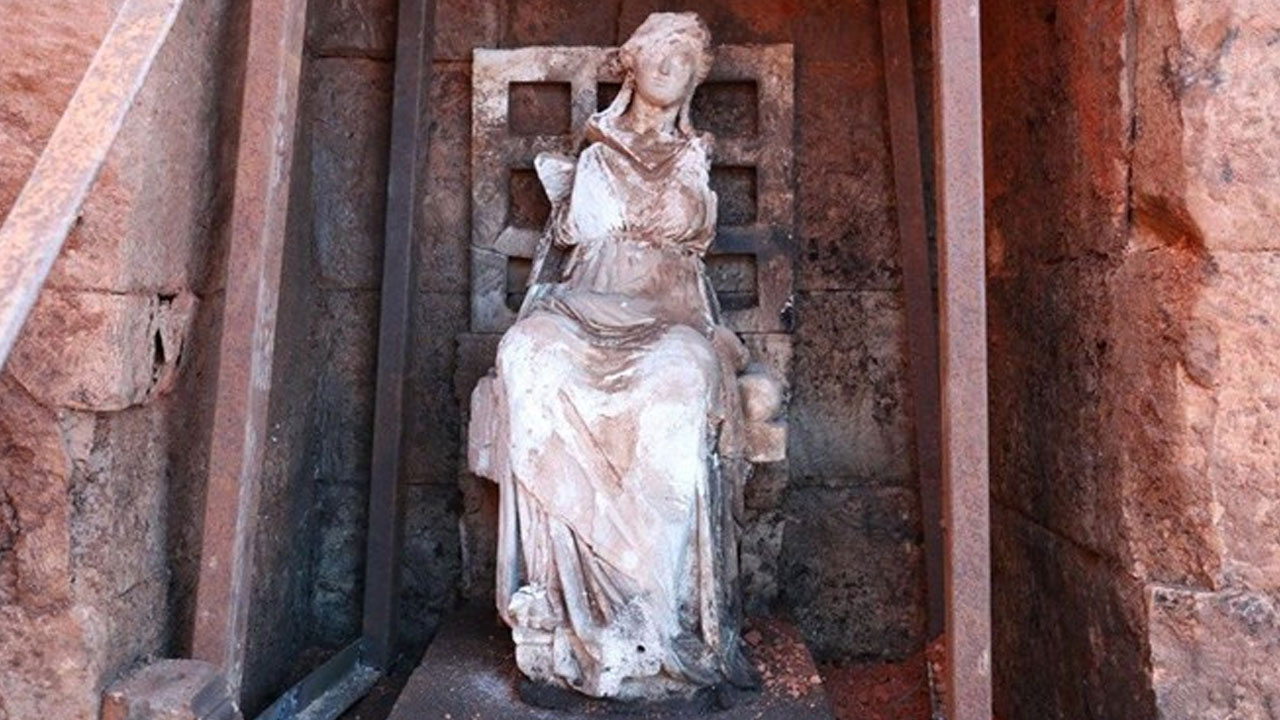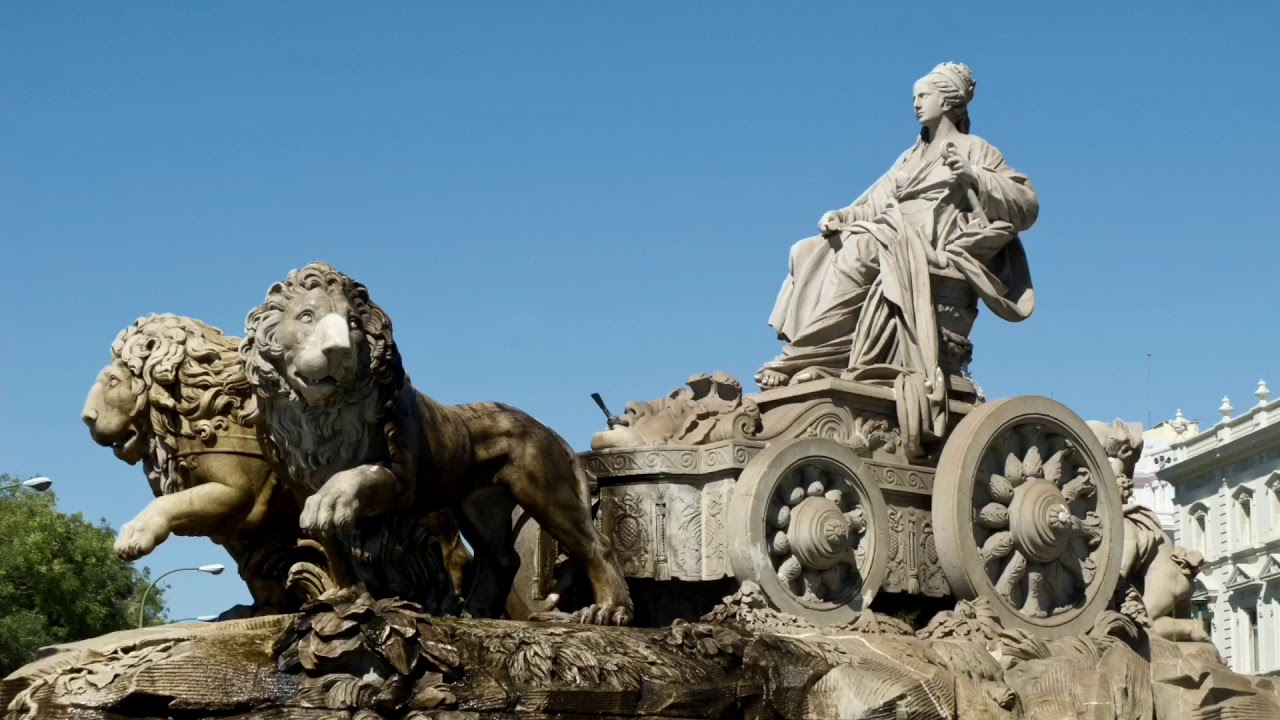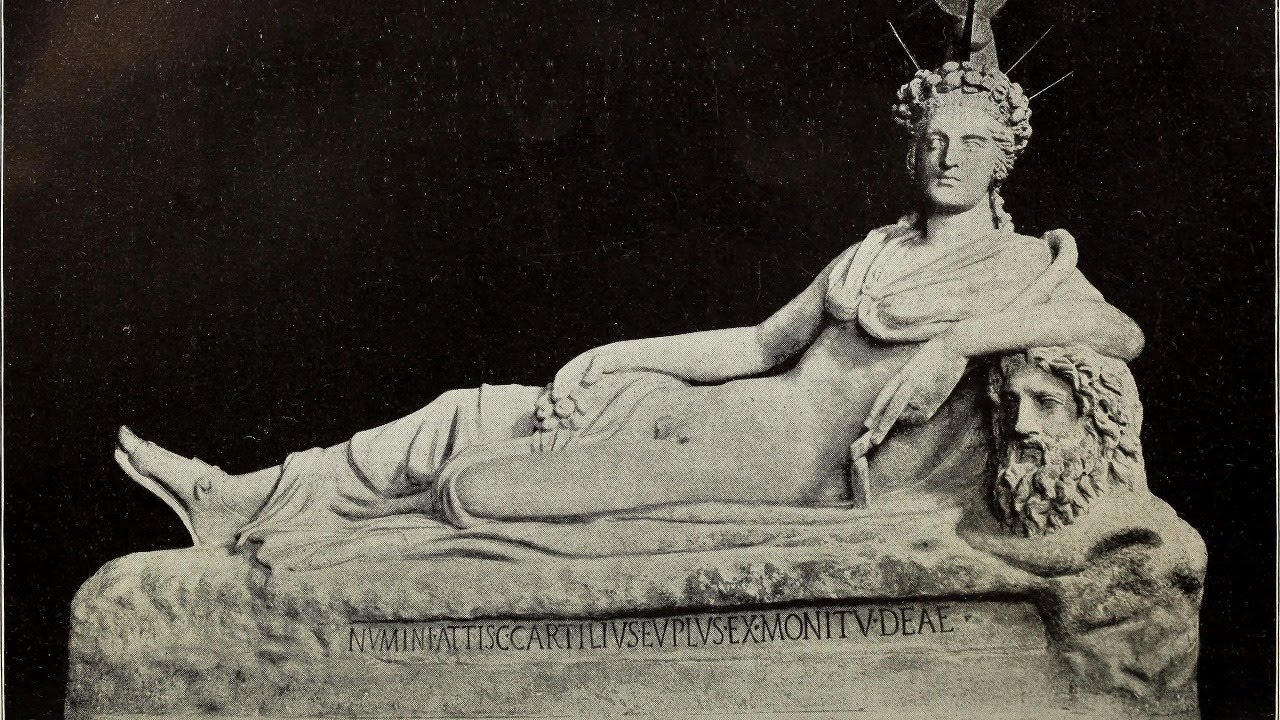Although it is based on Phrygian mythology, Cybele, which is seen as the reflection of the mother goddess figure in many cultures of the world in Anatolia, is an important figure that determines the religious rituals of ancient civilizations, although it is now a mythological character. Let’s take a closer look at who the mother goddess Cybele is and see some of her stories.
Before people started to believe in monotheistic religions, they thought that there were innumerable gods. The stories that we call mythology today and that tell the interesting behavior of the gods constituted the religious beliefs and rituals of ancient civilizations. One of these gods and considered as the mother goddess In Cybele, the mother goddess figure in this polytheistic belief system It is a reflection of Phrygian mythology based on Anatolia.
We are sure that the figure of Cybele emerged in the lands we live in today, because during the excavations, countless statues and wall paintings about the mother goddess were encountered. Kibele, who represents fertility and abundance in general, is strange, she was not actually a woman. The reason why ancient civilizations were circumcised is that this mother goddess herself is androgynous. Bride Who is the mother goddess Cybele? Let’s take a closer look and see some of the stories told.
Who is Cybele?
Kybele, Magna Mater, the mother of the gods and the main goddess figure, which is known by names such as Rhea, Artemis of Ephesus in different mythologies; It is known as Cybele in Phrygian mythology. Phrygia is the old name of the region between Sakarya River and Büyük Menderes. In other words, Cybele is a mother goddess figure who came out of the Anatolian lands we live in today.
Cybele and the cult of the mother goddess:
No matter what ancient civilization remnants or mythology we look at today, which is made up of stories left behind. we will definitely come across a mother goddess figure. The oldest mother goddess cults we encounter are dated to between 7000 and 6500 BC. The cults of the mother goddess, which we come across during the excavations in Anatolian lands, generally symbolize fertility, motherhood and fertility.
The body of mother goddess cults is always neat and even attractive. Some of the statues found Cybele gives birth, while others lie or stand. Next to him is a pair of lions or leopards. Since the leopard is thought to be the queen of animals, this expresses the mother goddess’s dominance over nature. In some figures, Attis, who is both her lover and son, is in Cybele’s lap.
Cybele in Phrygia and Anatolia:

We encounter the oldest examples of Cybele sculptures and reliefs, one of the most well-known mother goddess figures, in Anatolian lands. Kubaba, which is thought to have been built by the Hittites and Hurrians, It is one of the first examples of Cybele figure. The Kubaba statue was unearthed during excavations in 1958 in Çatalhöyük district of Konya, which contains the oldest civilization remains today.
Open-air temples uncovered during excavations in structures within the borders of Afyon and Eskişehir. Cybele figures were also found in different regions. On the wall relief, which is one of them, Cybele is depicted with two lions standing on her hind legs next to her. It is seen that these parts of the relief have been eroded, as the ancient civilizations thought that by touching the reproductive organs of these lions and Cybele, fertility and abundance would increase.
The first civilization that approached the mother goddess Cybele as a god as we know it, was the Phrygians. When the ancient texts are examined, temples were built in the name of Cybele. and it turns out that these temples had priests. These priests castrated themselves, used talisman stones, and were thought to have psychic abilities. It is thought that all these belief rituals, which later appeared in different parts of Anatolia and other civilizations, started in Phrygia.
Mother goddess cults in other civilizations:
Although the figure of Cybele first appeared in the Phrygian region, it did not take long to affect the civilizations around it. Artemis in Greek mythology and Diana in Roman mythology He is among the most well-known mother goddess figures. Most of the belief rituals performed for Cybele were also applied to other mother goddess figures. It is possible to encounter the name Kyble in many works of Roman authors.
Birth of Cybele:

Zeus, the god of gods, one day sees a being too powerful to rule in his dream. This being is neither male nor female. This androgynous being is attractive enough to impress both men and women. Zeus’ dream comes true and Cybele is born. When Zeus is afraid of her and wants to kill her, Aphrodite intervenes and does not allow such a beautiful being to be killed.
Zeus decides to castrate Cybele, that is, to cut off his phallus. Cybele’s amputated phallus fell An almond tree grows on the ground. A man is born from the first fruit that falls from the almond tree. Caught among goats, this boy thinks he is a goat. Noticing this situation, a farmer tells him that he is human and marries his daughter.
Cybele finds out about this boy long after. When he gets the news, he immediately goes and asks the farmer for his child. However The farmer refuses to give the boy to her. Cybele gets very angry. He kills both the boy and the farmer by poisoning. They say that these actions of Cybele led to the emergence of Amazon women.
The story of Attis and Cybele:

According to a different legend, Attis and Cybele were lovers. They promised each other to be together forever. However, Attis forgets this promise and falls in love with the daughter of the King of Pessinus. On the night of their wedding, Cybele comes to the wedding. When Attis sees him, he is very embarrassed and In remorse, he cuts off his genitals and writhes on the ground in pain. Cybele, who could not bear to see Attis in this state, turned him into a pine tree and made him live forever. They say that’s why pine trees stay green even in winter.
This is the reason why men who wanted to become priests in Cybele temples castrated themselves and the cut organs were buried under a pine tree. In the following years, the tradition of cutting off the entire phallus disappeared and instead of cutting the tip of the genital organ, that is, circumcision emerged. It is said that the foundations of circumcision performed by cutting the praeputium of men and the clitoris of women in different cultures are based on this story.
The Cybele figure also has a story told by the Romans. According to this story The Romans could never defeat the Carthaginians. The oracles say that this victory will only be won if the statue of Cybele in the temple of Pessinus Cybele is brought to Rome. The Romans attacked this temple, took the statue of Cybele and brought it to Rome.
The main goddess figure in Phrygian mythology that emerged in Anatolia. We answered the question of who is Cybele and we talked about the mother goddess figures in the mythologies of different civilizations. You can share your thoughts about Cybele and its place in mythology in the comments.
